Latest
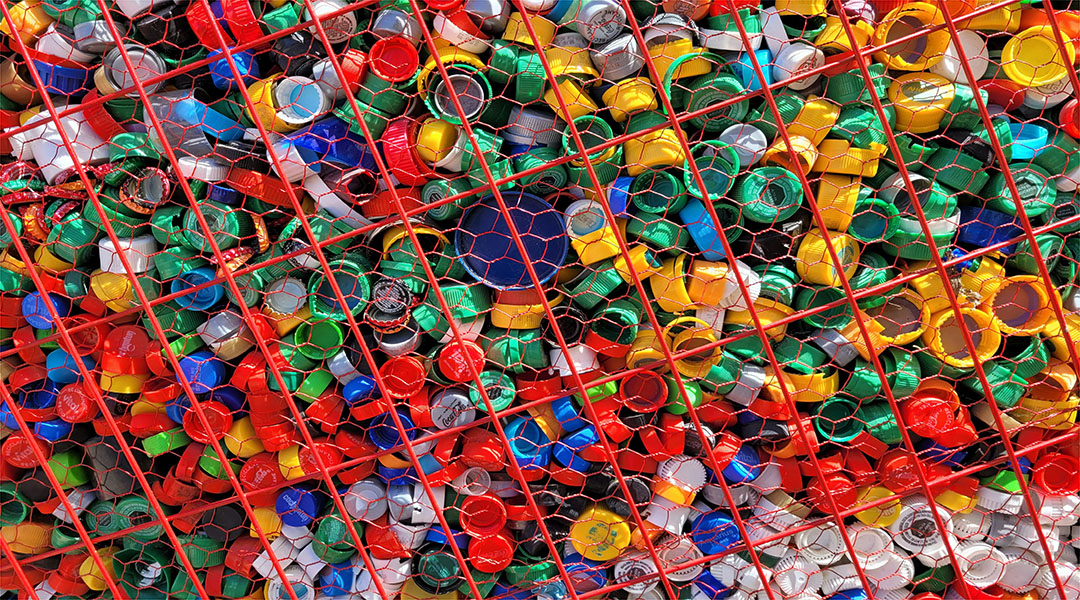
Bacteria in wastewater could be breaking plastics down for food
A common bacteria found growing on plastic in urban wastewater could provide new bioengineering solutions to clean up plastic waste.
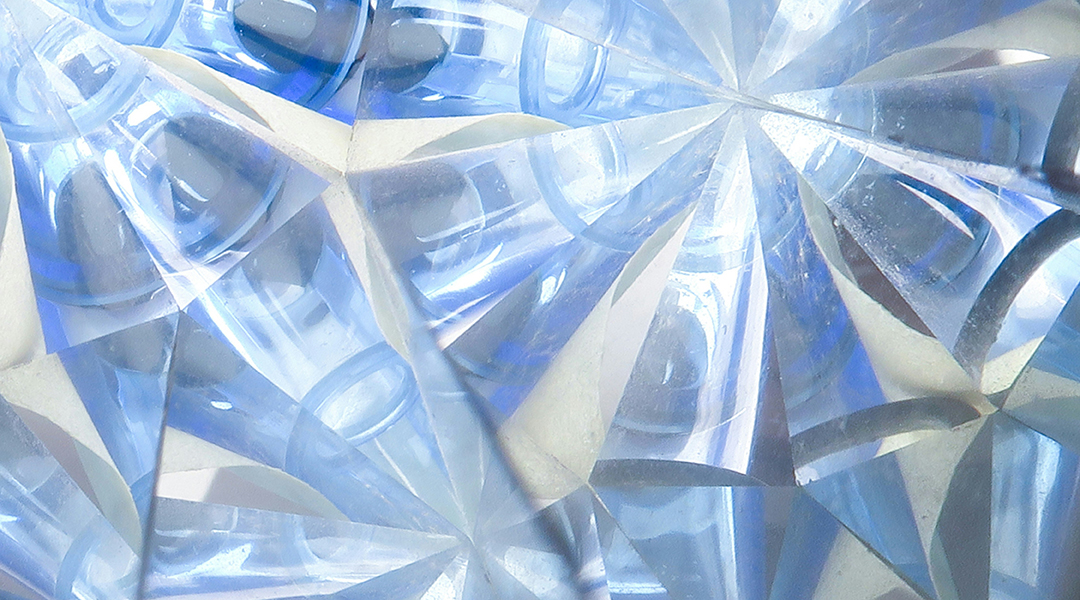
Quantum entanglement allows scientists to track time more accurately
Scientists have built atomic clocks with unprecedented levels of precision by harnessing quantum entanglement.
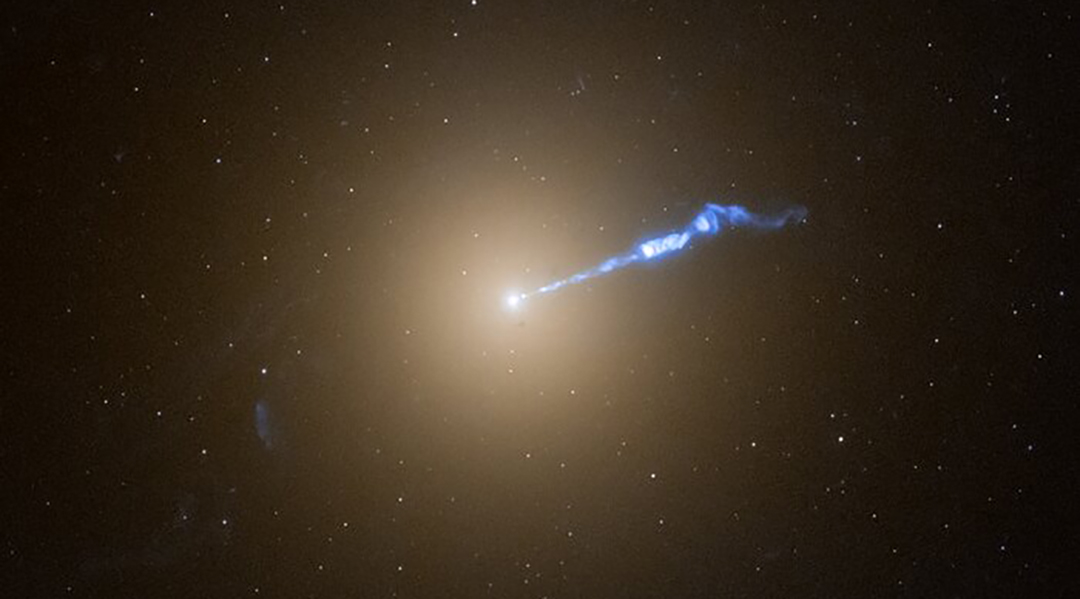
Black hole jet lights up dead stars like a cosmic blowtorch
Using the Hubble Space Telescope, astronomers discovered the jet from a black hole, triggering nova explosions along its path.
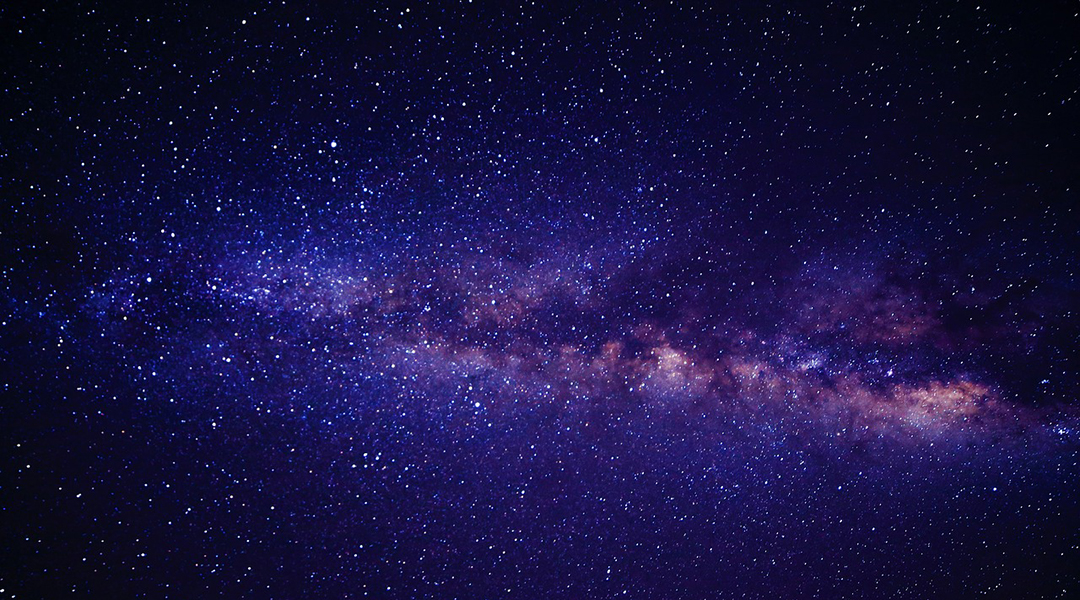
Could dark matter particles be colliding?
New research on dwarf galaxies challenges the idea that dark matter is collisionless, suggesting it may interact in unexpected ways
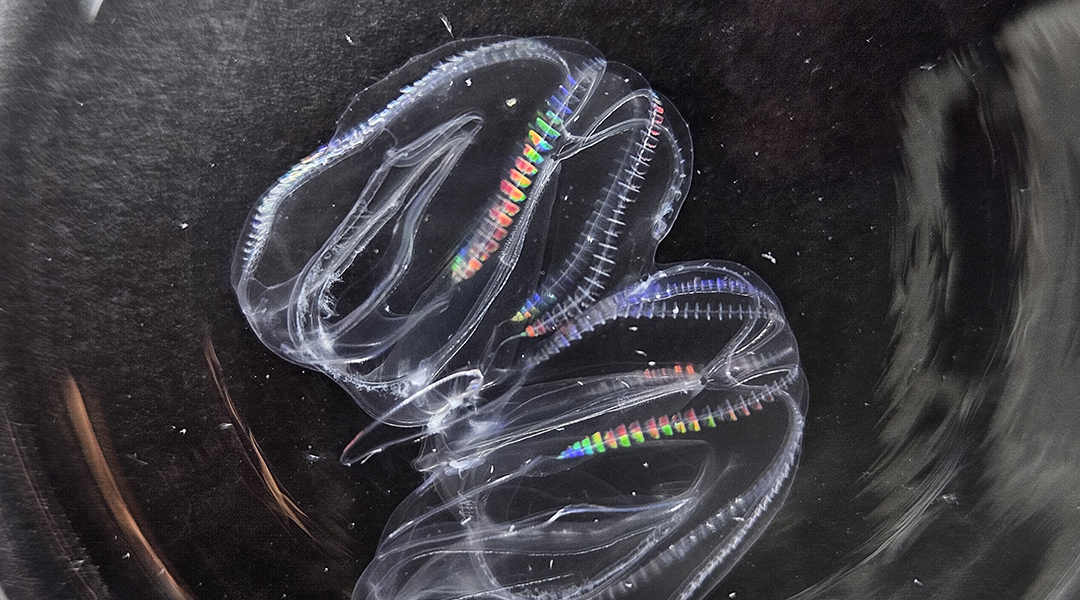
Fused comb jellies share their secrets of regeneration
Two individual comb jellies can fuse into a single organism, providing an incredible feat of regeneration rarely seen in the animal world.
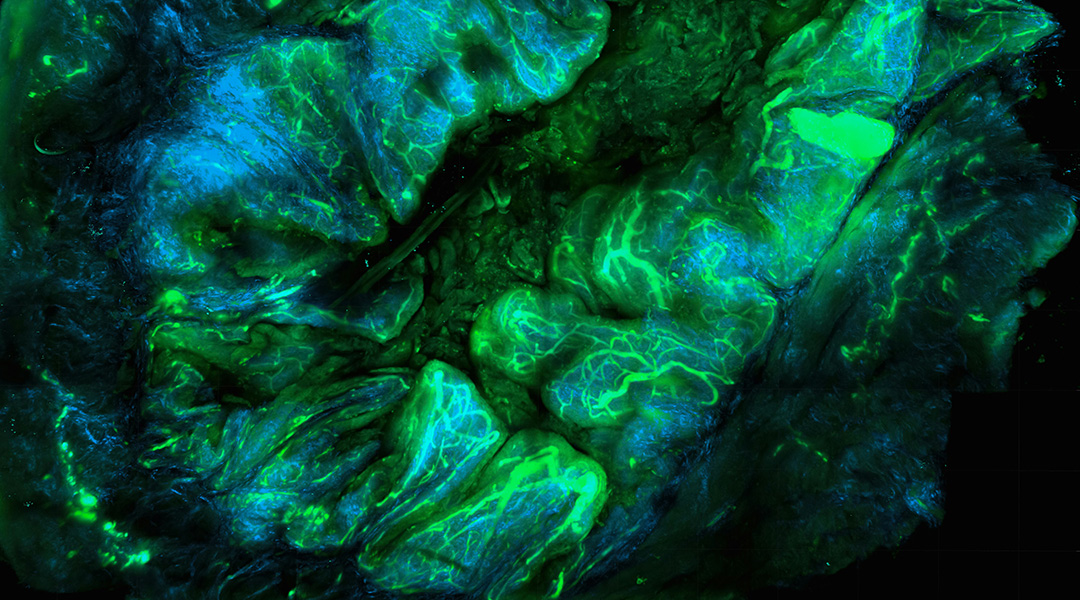
A universal set of probes helps scientists unlock the secrets of living cells
New probe system offers real-time protein mapping within living cells, unlocking insights into cellular function and disease mechanisms.
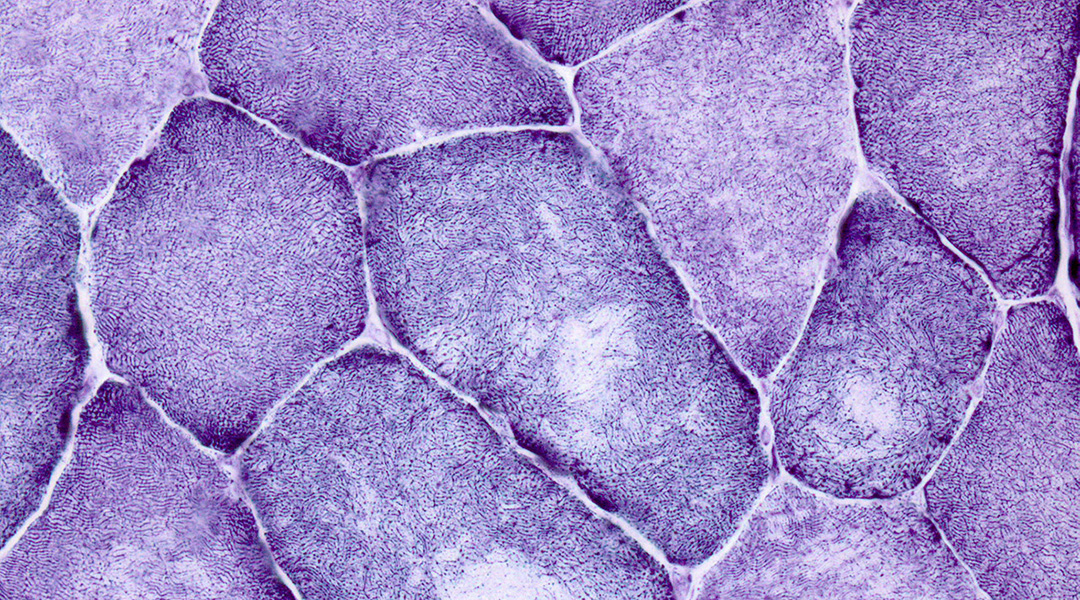
Scientists seek a new way to treat muscular atrophy
Understanding how muscular atrophy occurs on the cellular level could help researchers identify new drugs to treat the condition.
ASN Weekly
Sign up for our weekly newsletter and receive the latest science news directly to your inbox.
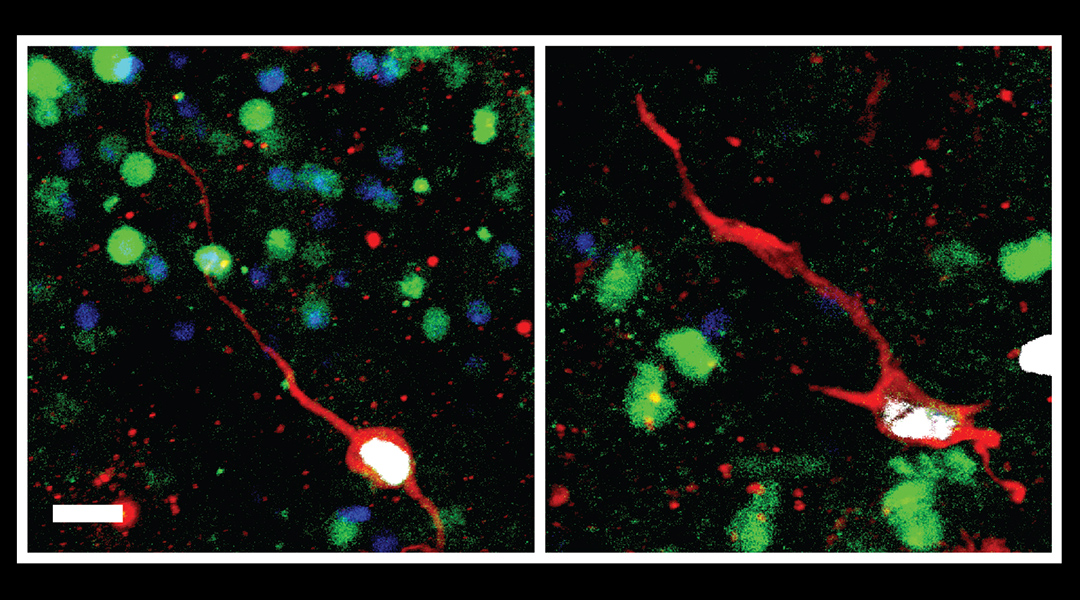
Old brains, new neurons
An RNA sequencing technique provides evidence for adult neurogenesis, the production of new neurons in the brain.
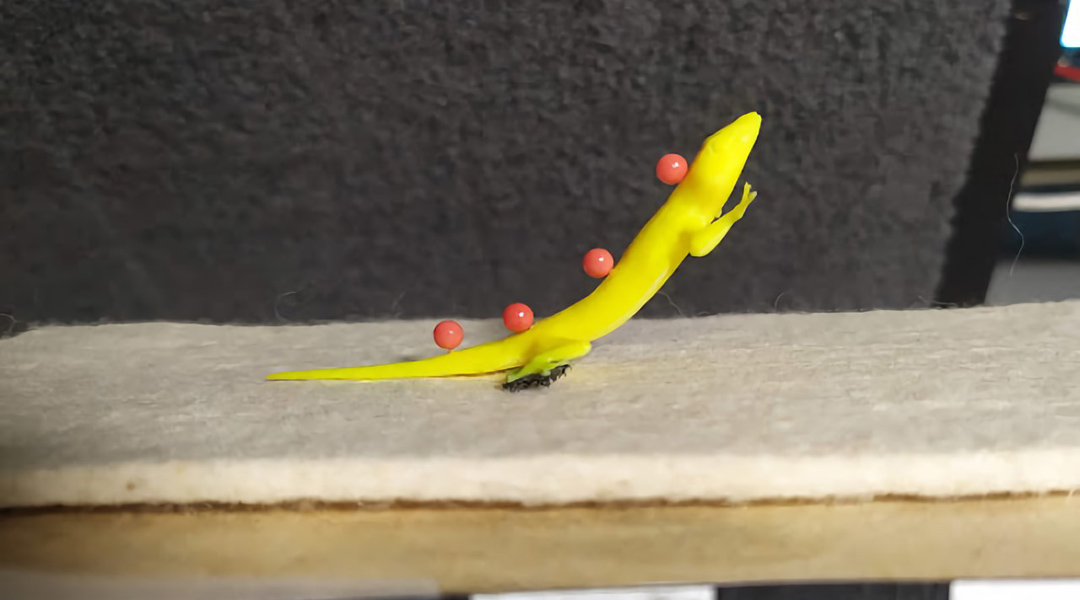
Crash-landing robots take inspiration from geckos
Insights gained from the hard landings of tree-climbing geckos leads to better and controlled perching in robotic aerial vehicles.
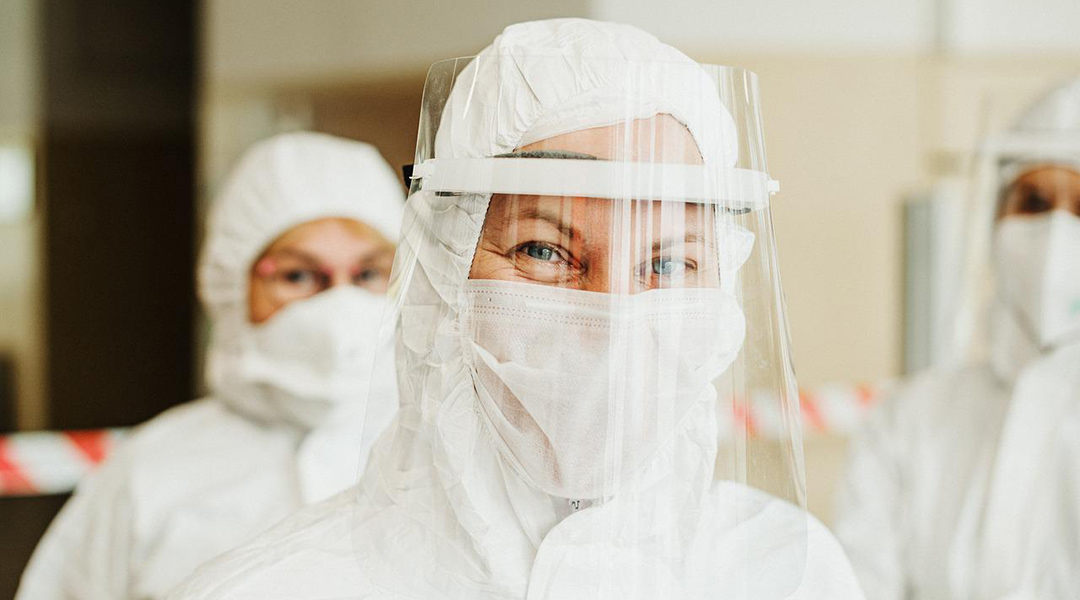
Do masks really hinder emotional recognition?
We need not be so concerned, say experts, as humans use more than just facial cues to read emotion.
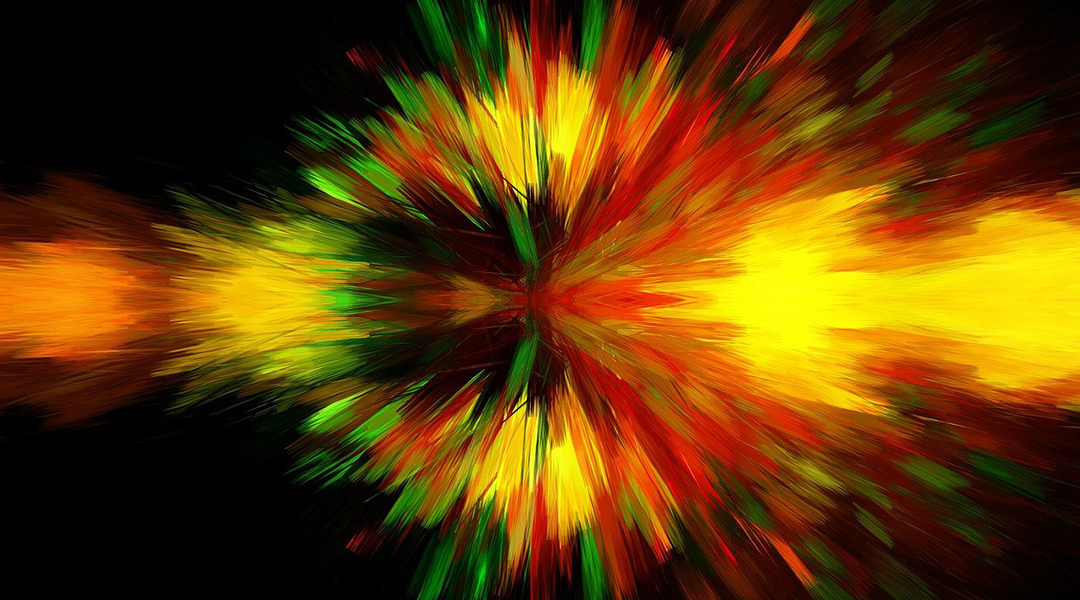
Cooling particle beams to study the hottest topics in physics
A new experimental technique could push the capabilities of particle accelerators in exploring the subatomic world.
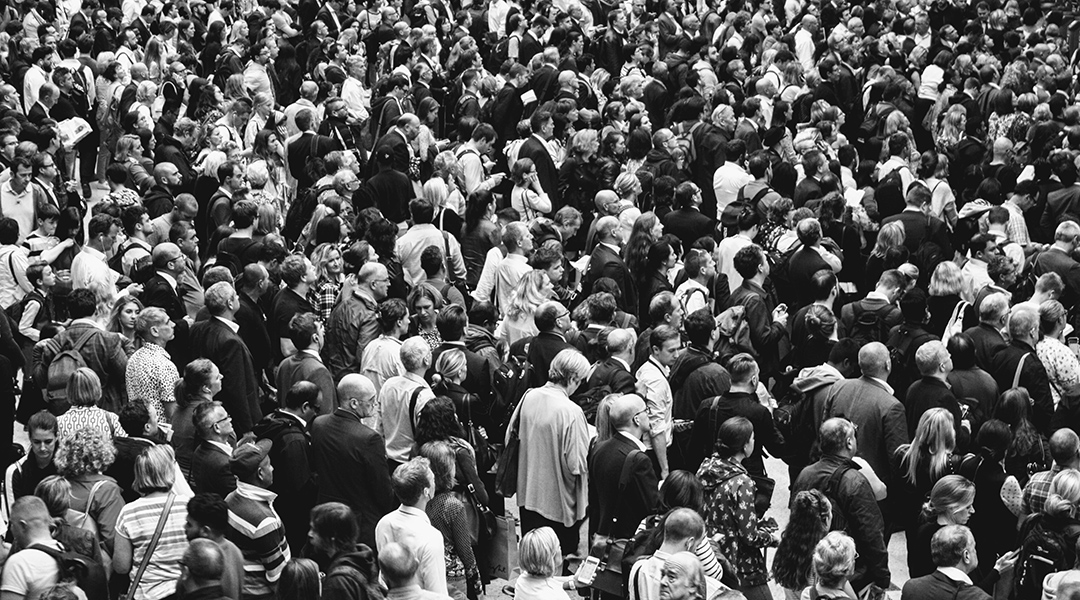
No, the human brain did not shrink
Researchers refute a hypothesis that the human brain shrank 3,000 years ago as a result of the transition to living in modern societies.
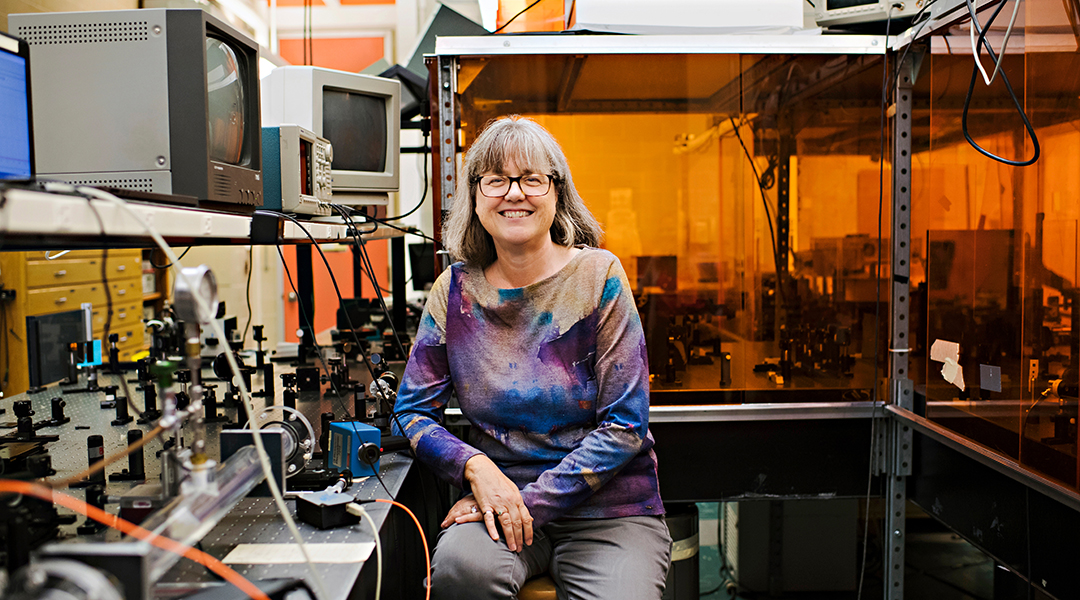
From lasers to a Nobel Prize: A conversation with Donna Strickland
Canadian physicist Donna Strickland on breaking down barriers in laser physics and her life after winning the Nobel Prize.
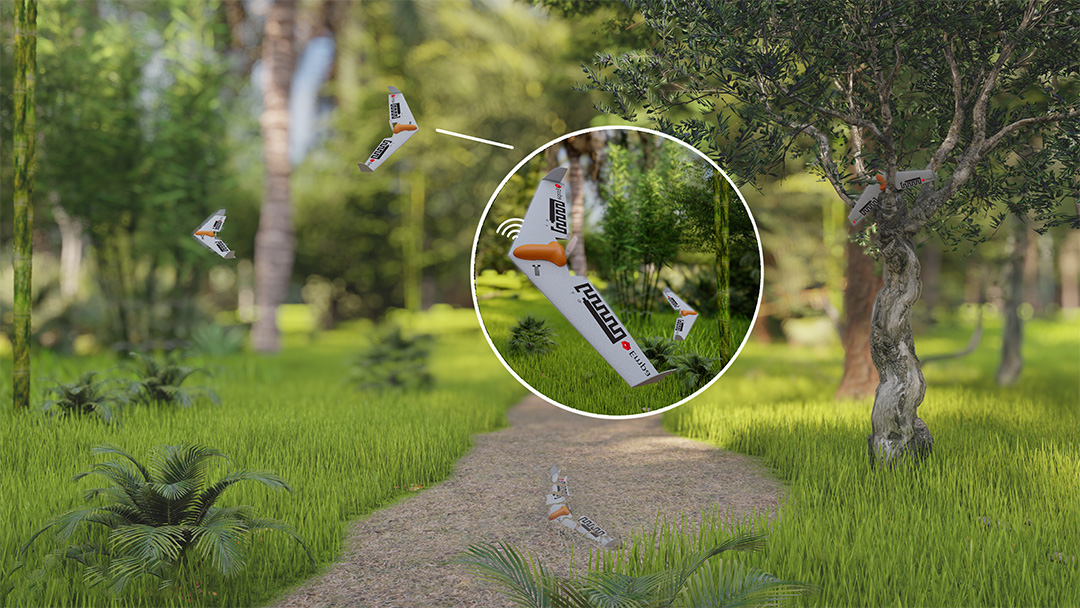
A biodegradable drone for environmental monitoring
The forest floor should be able to make a meal out of this new drone made of almost completely from biodegradable parts.

Searching for the true theory of electromagnetism
Scientists probe cosmic microwave background and black hole radiation to test our understanding of electromagnetism.
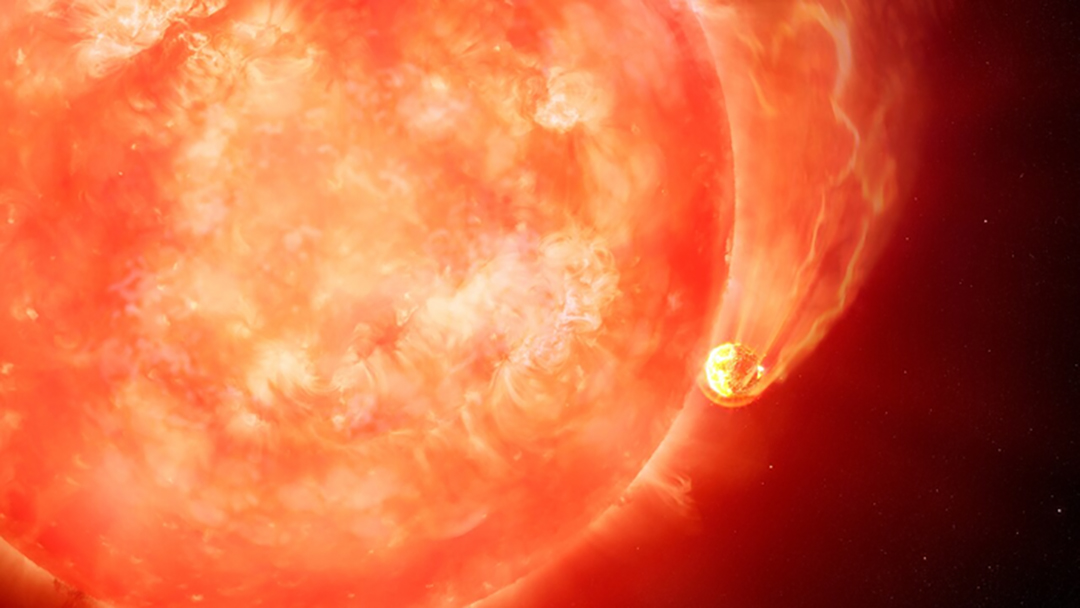
Dying star caught by astronomers enjoying planet-sized last meal
The observations of the death-row star and an unfortunate planet give us an advanced preview of Earth’s final fate.
No Results Found
The page you requested could not be found. Try refining your search, or use the navigation above to locate the post.
No Results Found
The page you requested could not be found. Try refining your search, or use the navigation above to locate the post.
No Results Found
The page you requested could not be found. Try refining your search, or use the navigation above to locate the post.
No Results Found
The page you requested could not be found. Try refining your search, or use the navigation above to locate the post.
No Results Found
The page you requested could not be found. Try refining your search, or use the navigation above to locate the post.
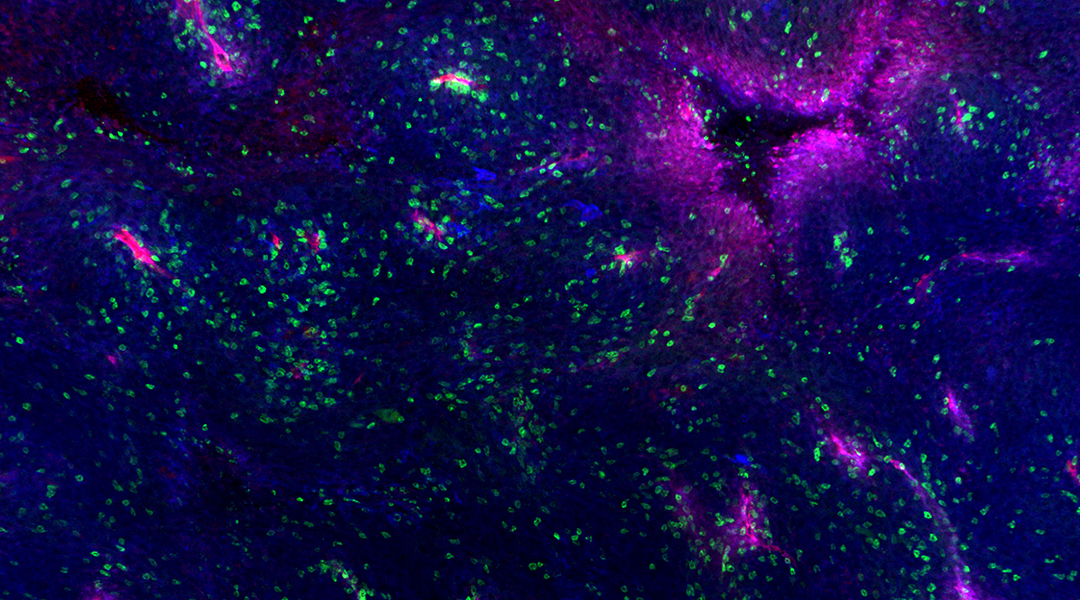
Rewired mitochondria to help the immune system fight cancer
How manipulating electron flow through cells’ mitochondria could help enhance immunotherapy.
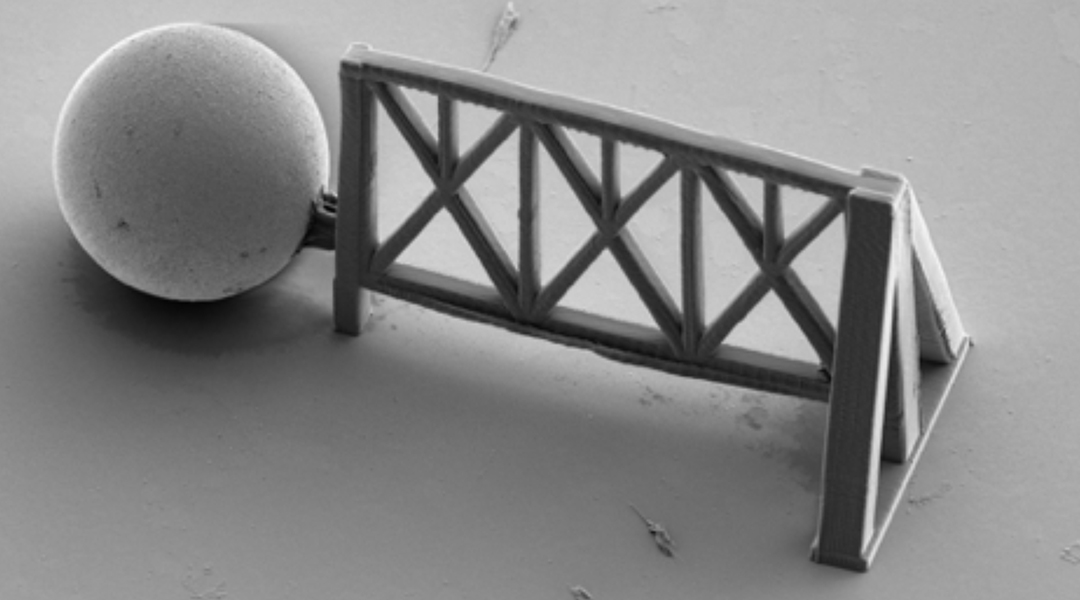
3D printing mimics human tissue for breakthrough discoveries
Scientists employ cutting-edge 3D printing to recreate human-like tissue, promising a breakthrough in cellular research and potential insights into aging and disease.

Integrating mind-body therapies can help cancer patients with anxiety and depression
How embracing complementary therapies for depression and anxiety during cancer therapy can be a powerful way to enhance quality of life and patient outcomes.

What about the Mediterranean lifestyle reduces mortality? Scientists find out
Scientists unravel the factors of the Mediterranean lifestyle that lead to reduced mortality and how it can be adopted in non-Mediterranean populations.
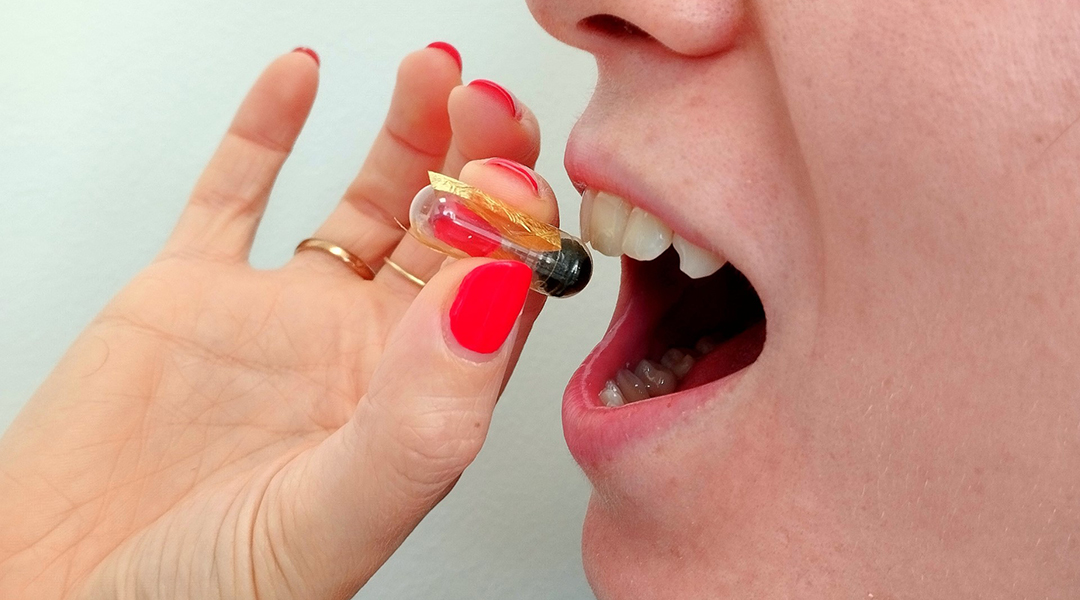
Have your robot and eat it too! How edible robots are reducing electronic waste
A partially edible robot based on a fully edible sensor addresses the burden of electronic waste while simultaneously acting as a nutrition source.
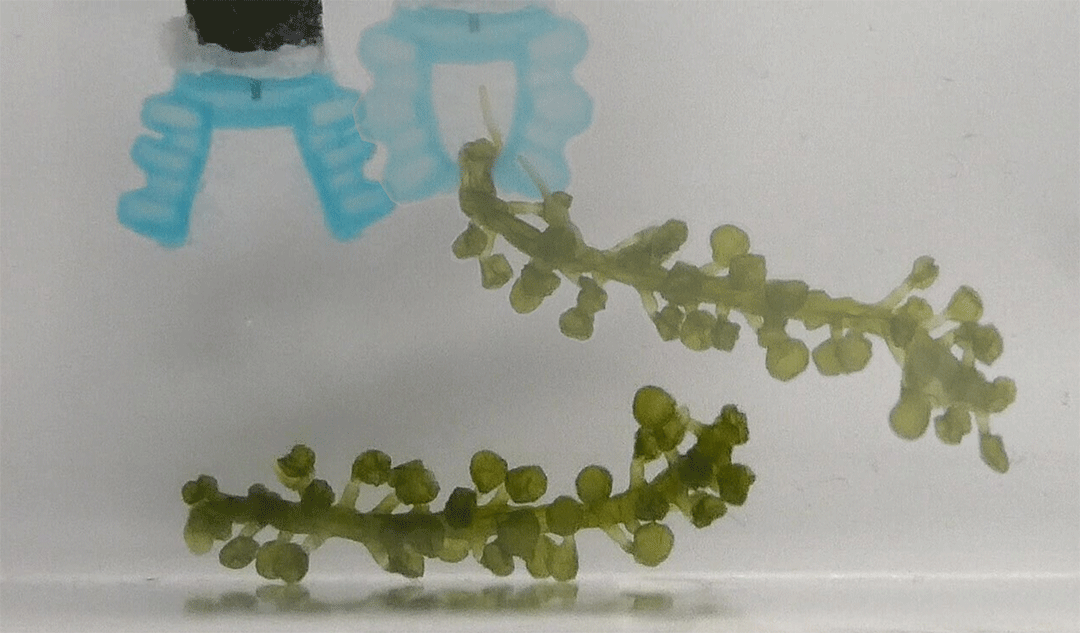
Gentle robots made from brown seaweed to explore fragile marine environments
Biodegradable soft robots made from brown seaweed and hydrogels enable the exploration of fragile environments with minimal environmental impact.

Powering wearable health monitoring devices without batteries
A battery-free wearable device wirelessly monitors health using body heat for continuous power.

Thin film improves “usable light” needed to grow microalgae on industrial scales
A textured film maximizes sunlight by generating an increased amount of red light, reducing the costs of algae production on a significant scale.
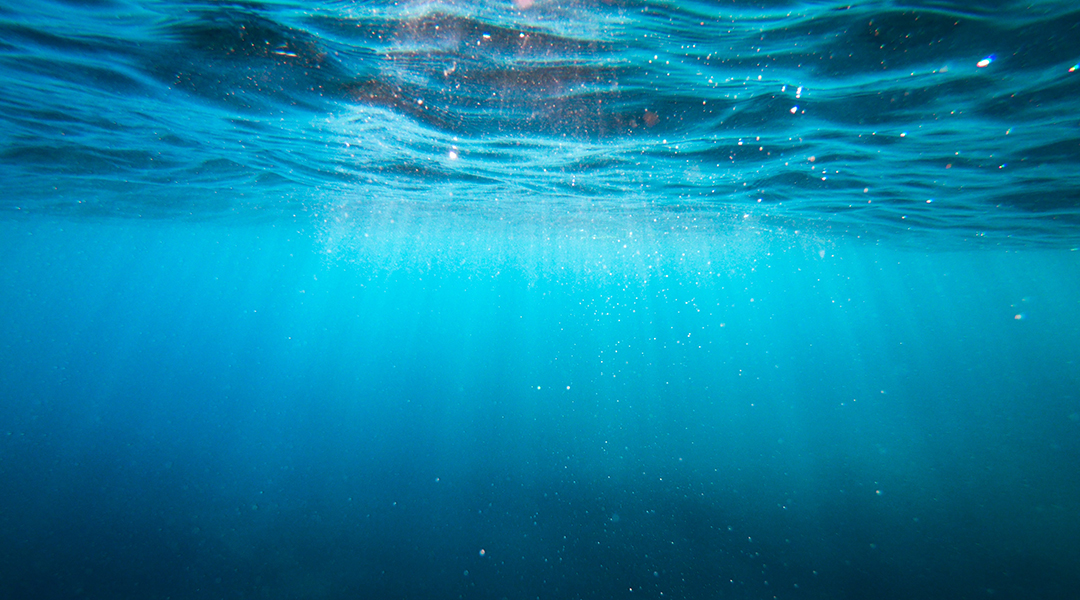
Electrolysis of seawater to make hydrogen
The direct electrolysis of seawater to make hydrogen has been shown in a lab-scale demonstration.
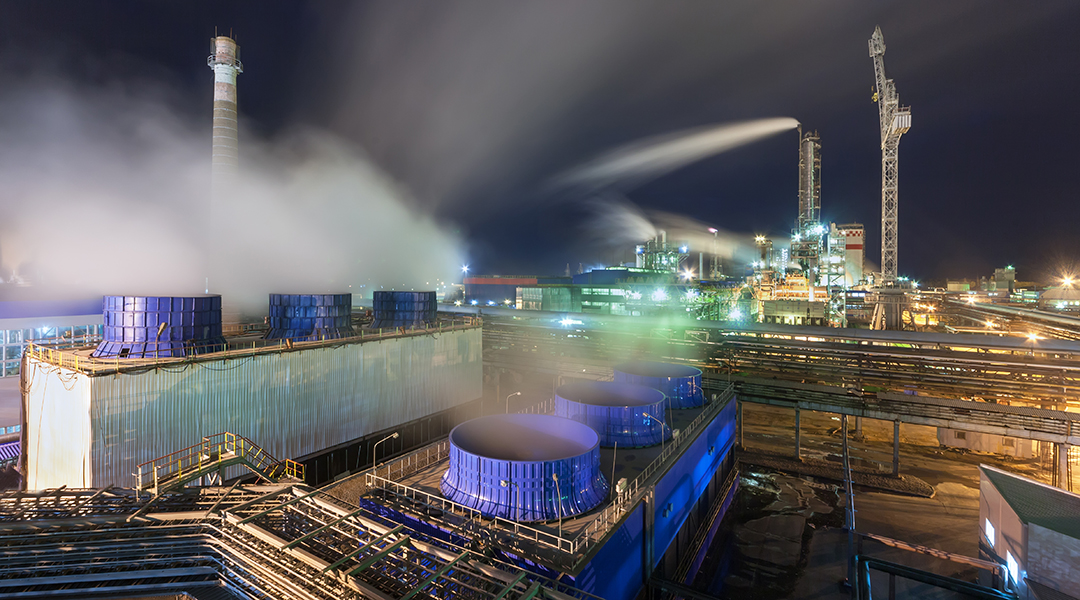
Back to the future with an ammonia economy
With a fossil fuel–derived climate catastrophe on our doorstep, many see ammonia as a possible alternative fuel source.
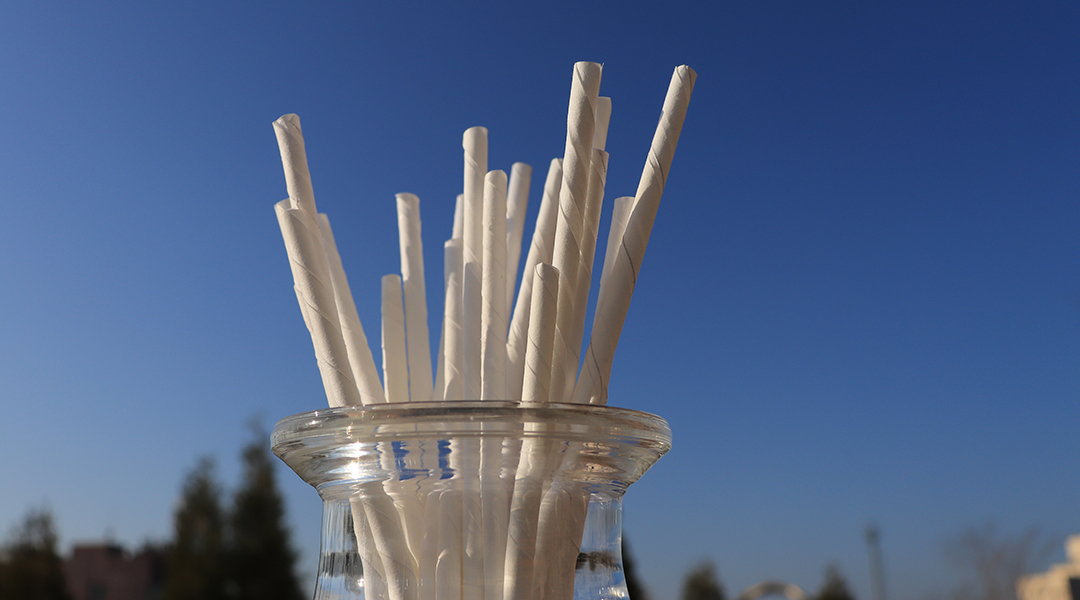
Finally, an anti-fizzing paper straw that doesn’t get soggy
Soggy, limp paper straws have for too long been the only option to minimize plastic waste, but a new, improved design will remedy this.
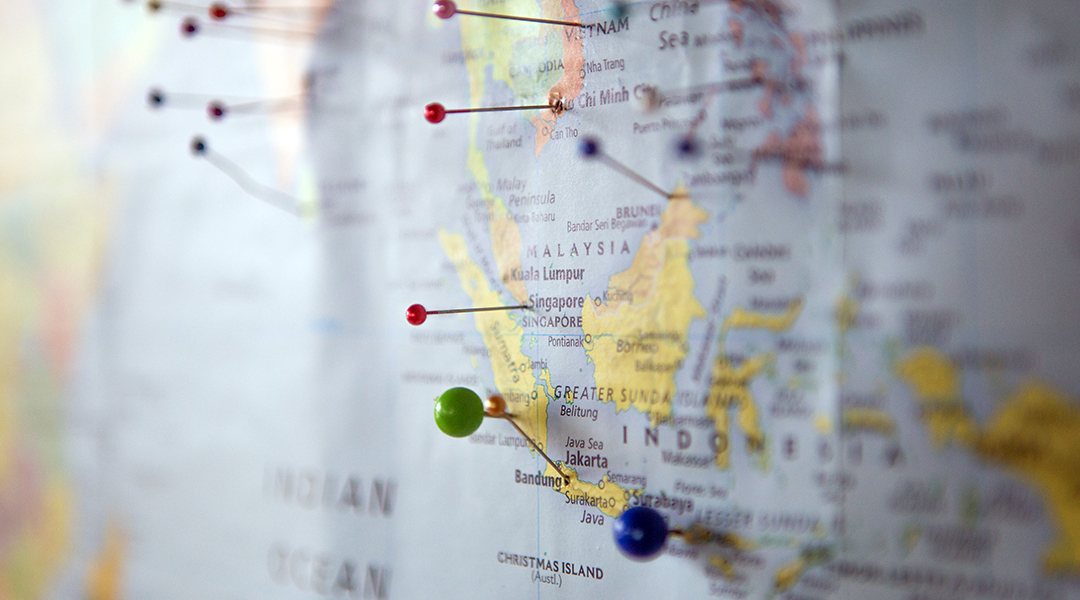
Where in the world will direct air capture be most effective?
With varying climate conditions around the world, where are the most cost-effective locations to deploy direct air capture facilities?
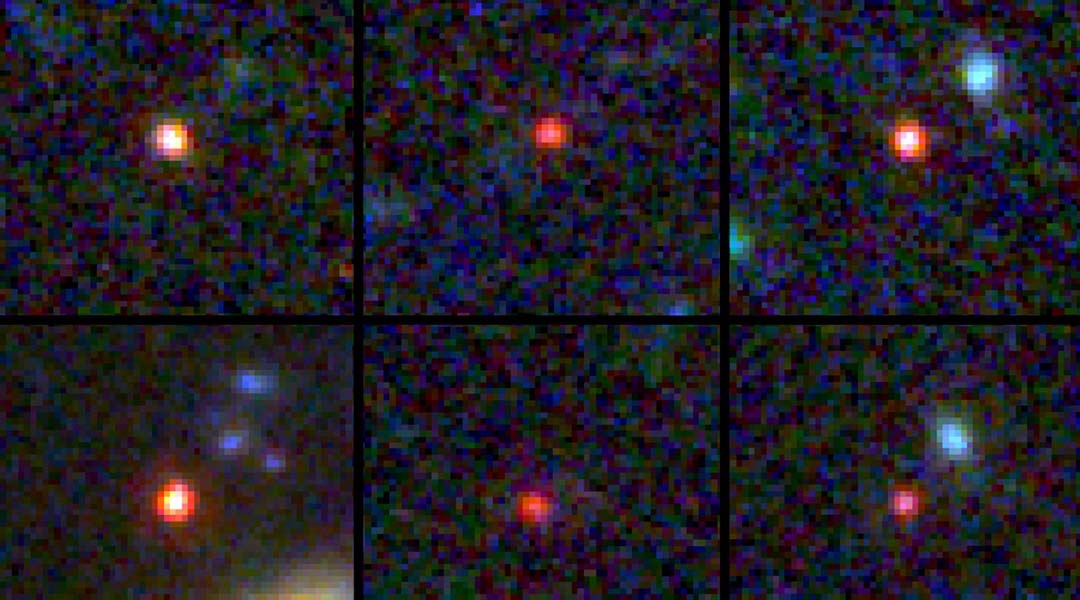
Explaining the “universe breaker” galaxies discovered by the James Webb Telescope
Astronomers report recent observation of six massive galaxies that according to our current understanding of the Universe should not exist at all.
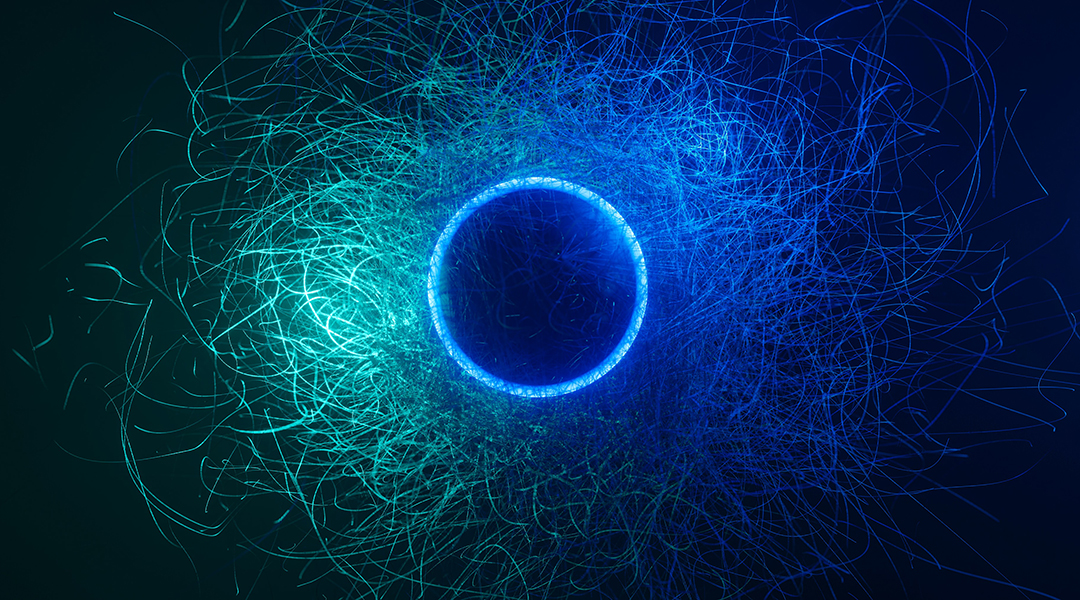
How does classical physics arise from quantum mechanics?
Emergence of classicality states that a quantum description of a large object must be the same as its classical description, but this isn’t always so…
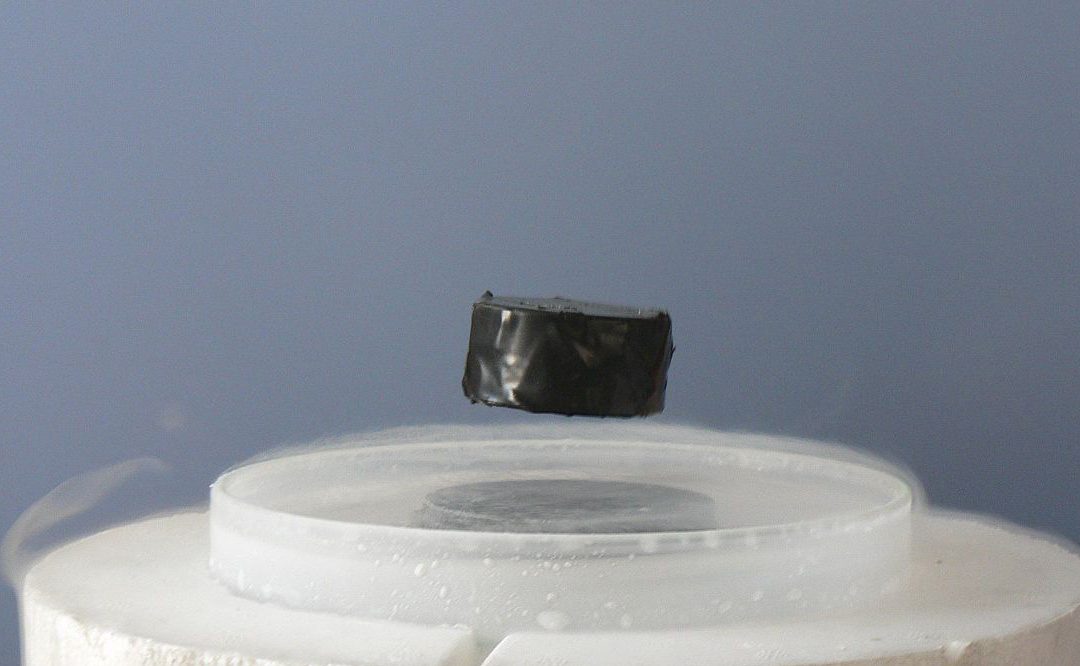
An important step toward the theory of superconductivity
Understanding room temperature superconductivity one step closer thanks to researchers looking at the effects of pressure.
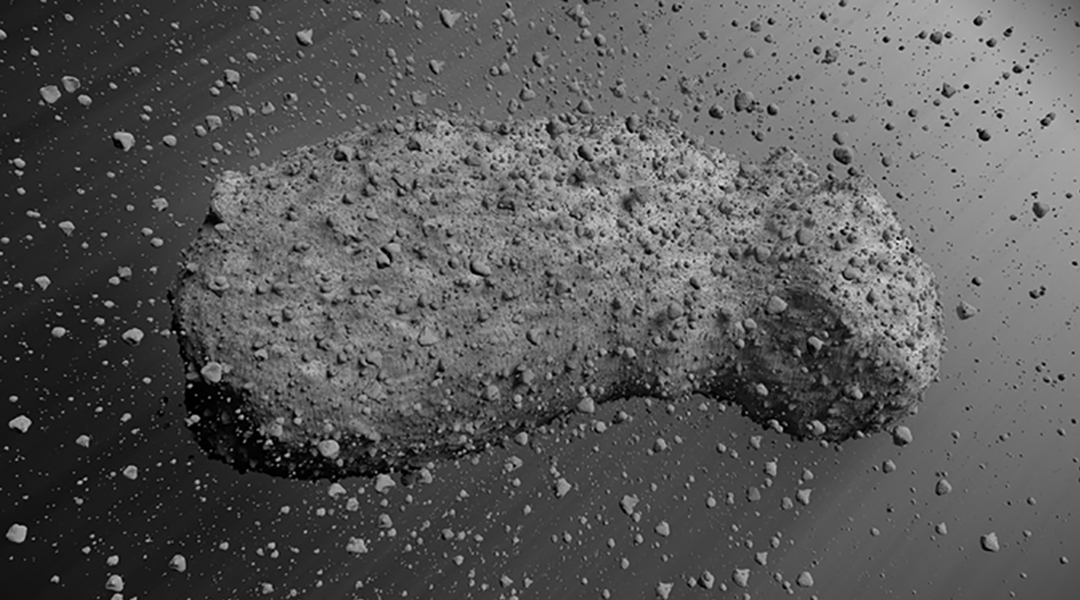
Itokawa asteroid is a rubble pile that could be tough to destroy
Analysis of dust particles collected from the surface of the 500-meter-long asteroid has implications for planetary defense.



